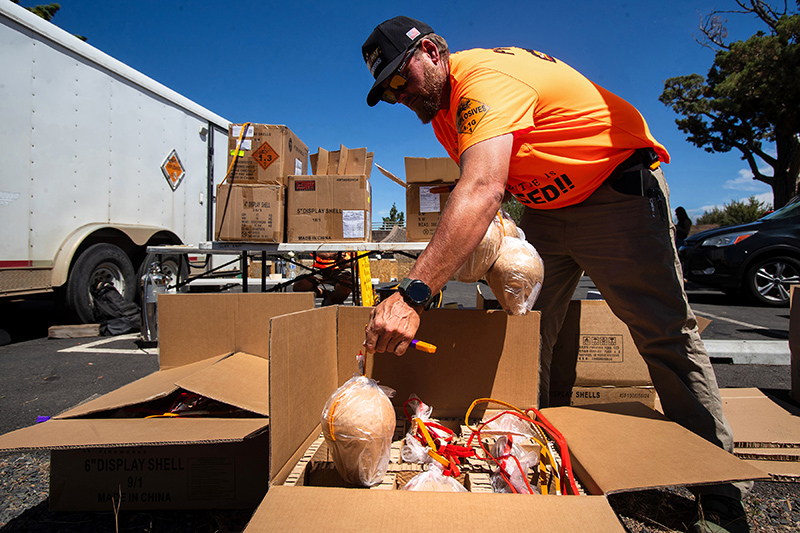Central Oregon Business Index ticks up
Published 12:00 am Sunday, March 25, 2018
The Central Oregon Business Index ticked upward once again during the fourth quarter of 2017, even as a lack of snow dampened tourism, said Tim Duy, economics professor at the University of Oregon.
The index was 145.1, up 1.3 points from the third quarter. Compared to the fourth quarter of 2016, the index is up 5.3 points, or 3.8 percent. The index comprises nine variables and is measured against a benchmark of 100 in 1998.
The ongoing arrival of new residents to Central Oregon against a backdrop of national and state economic expansions is likely to provide “continued support” for the region for the foreseeable future, Duy said.
Yet the region’s economic growth is slowing and could slow further as the price of housing rises, he said.
“It is already the case that firms across the nation, across the state, not just Bend, are facing increasing challenges getting employees,” Duy said. “That is clearly a factor that could limit the rate of growth going forward: … the ability to find new employees because they’re being priced out of housing markets.”
The only measures that declined in the fourth quarter were in travel and tourism, likely because of a low-snow start to the winter season, Duy said. Lodging revenue, adjusted for inflation, declined from $2.89 million in the third quarter to $2.77 million.
Passenger activity at Redmond Airport declined from 67,632 boardings and arrivals to 65,297. All of the index components are adjusted for seasonality, so the fourth quarter’s softening in tourism measures is not a result of transitioning from the peak summer season.
Compared with the fourth quarter of 2016, Redmond Airport’s passenger traffic was up 15.4 percent, Duy said. All of Oregon’s airports are seeing similar growth, the result of a broad-based travel and tourism boom, he said.
Local business owners are optimistic, Bend attorney Jeff Eager said. “The folks I’m dealing with are looking at expansion and growth. It’s anything and everything — landscapers all the way up to significant-sized construction firms, technology firms and things like that.”
Their growth is constrained, however, by a shortage of workers and housing, Eager said.
“The two things I hear clients complain about fairly regularly these days: It’s really hard to find good people. If they do find good people, if they’re trying to bring them from somewhere else, there’s an issue with housing,” Eager said.
Employing people who already live in Bend doesn’t necessarily solve the problem, Eager said. They need raises to keep up with their rent increases. High real estate costs are also prompting business owners to defer expansion, or look to Central Oregon’s smaller cities, said Bill Kuhn, Bend market president at First Interstate Bank. “It’s having a ripple effect throughout the economy,” he said.
Central Oregon’s economy is at a mature stage with slower job growth, Duy said. “Still, this does not imply a recession is imminent,” he said. “The very low level of initial unemployment claims indicates firms have little need to lay off workers.”
President Donald Trump’s tariffs are spooking investors. Steel and aluminum tariffs took effect Friday, though with exemptions for U.S. allies. On Thursday Trump said he would impose $60 billion in annual tariffs on Chinese imports. On Wednesday, the Federal Reserve raised its key interest rate and said it expects to raise rates twice more this year.
Duy doesn’t think any of those events will turn the tide against Central Oregon’s economy. “Even if the economy turns into a recession on a national basis, the behavior on the state and local level might not be the same as we’ve seen in the past,” he said.
The Great Recession hit Central Oregon hard because it was housing-driven, Duy said. The next recession “could be something much more tame like the early 1990s, which had a fairly limited impact on the state of Oregon.”
Kuhn thinks tariffs, which could raise the cost of building materials, and interest rate hikes, which will make borrowing more expensive, could make Central Oregon even more unaffordable. “When you start looking at it in a cumulative sense, then it will have an impact.”
—Reporter: 541-617-7860, kmclaughlin@bendbulletin.com








